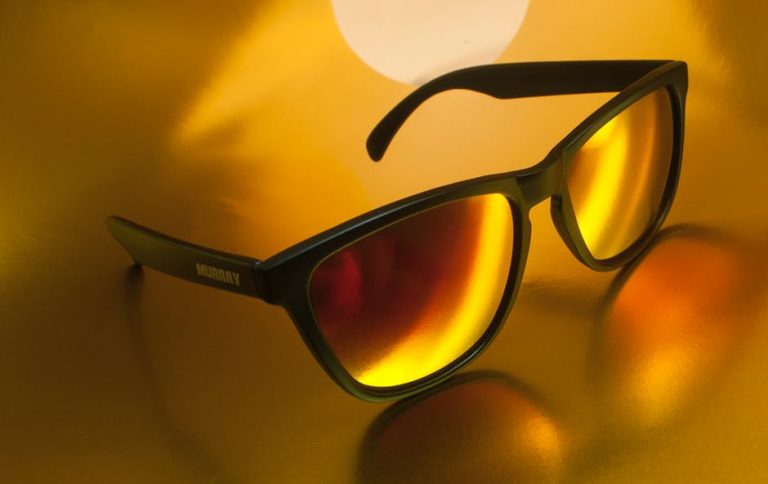SINGLE FOCUS VISION
These lenses have the same focal power throughout (top to bottom) and can be used to correct shortsightedness (Myopia), longsightedness (Hyperopia), Astigmatism (not a round eye ball), Presbyopia ( the Eyesight of Maturity or a combination of these ailments. They are for single distances such as reading or driving or computing).
BIFOCALS
Bifocals are with us for over five hundred years, Bifocals are required by more mature people typically over 45 years of age. They provide good vision for distance and near, however over the age of about 55 people generally find that they can no-longer focus on middle distance – so then varifocals, may be required.

VARIFOCALS
Varifocals or progressive lenses were first patented in 1959 by a French Engineer and have improved steadily since then. They offer clear vision at all distances from distance through intermediate distance to near. There are no tell-tale ageing lines as with bifocals. They would be the closest you can get to normal vision as in no big line between the distance and reading areas.
HIGH INDEX OR THIN LENSES
High-index lenses are the right choice if you want thinner, lighter lenses that are as attractive and comfortable as possible. Thinner, lighter high-index lenses are especially recommended if you have a strong glasses prescription for nearsightedness, farsightedness or astigmatism.

PHOTOCHROMIC OR TRANSITION LENSES
Photochromatic from the Latin Photo meaning light and chromus meaning colour these lenses are the tint changing lenses in eyeglasses that darken when exposed to UV rays from the sun. With the many brands and styles available, these lenses combine fashion with comfort and offer protection from the damaging effects of UV radiation and glare while at the same time enhancing patients’ quality of vision.
REFLECTION FREE LENSES OR ANTI REFLECTION LENSES
Think of these as the opposite of a tinted lens in that they allow more light into your eyes. The most obvious and demonstrable advantage in the use of an Anti-reflection coating is its visual and cosmetic improvement qualities. Anti-reflection coating reduces reflections off the front and back surfaces of the lens that allow many people to actually see better, especially at night. We recommend Reflection Free coatings for computer use.

POLARIZING LENSES
Polarized lenses are used in glasses to reduce glare from reflective surfaces such as the surface of a lake or the hood of a car. They accomplish this feat through a process called polarization, much like a venetian blind controls sunlight through a window.
TINTS
Tinted lenses are available in a wide range of tints and filters to ensure unmatched clarity of vision in the widest range of light conditions. Tints look great cosmetically.
